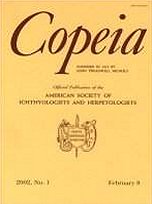Understanding the mechanisms and patterns of how energy is allocated into the reproductive components of offspring size and number is central to life-history theory. We used X-ray photographs from a long-term mark recapture study of Kinosternon subrubrum, Sternotherus odoratus, and Pseudemys floridana to investigate hypotheses concerning variation in reproductive allocation due to constraint on egg size, within-female variability (within and among clutches), interannual environmental variation, multiple annual clutches, allocation of continuous resources into small integer numbers of offspring (fractional offspring-size problem), and age. Patterns of reproductive allocation varied markedly within and among species. Overall, egg size varied as a function of maternal body size and age, intra-annual clutch frequency, the fractional offspring-size problem, and environmental variation. Clutch size varied with maternal body size, clutch frequency, and environmental variation. We examine how effectively the data support optimal-egg-size and phenotypic-plasticity models of reproductive allocation, and identify limitations of fundamental biological findings necessary to address the issues.
How to translate text using browser tools
1 December 2005
Patterns of Reproductive Allocation: Clutch and Egg Size Variation in Three Freshwater Turtles
Lucas Rand Wilkinson,
J. Whitfield Gibbons
ACCESS THE FULL ARTICLE





